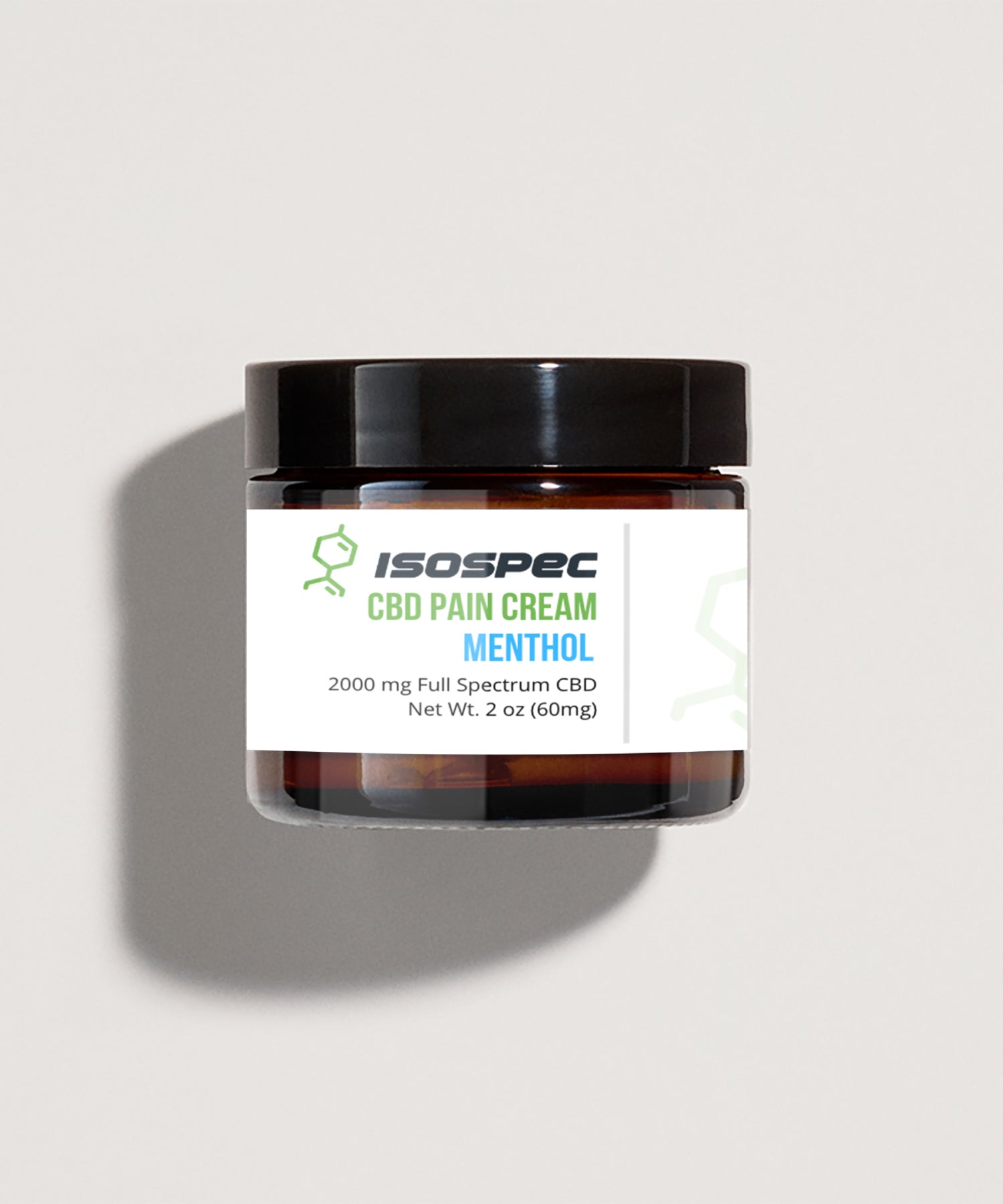Serenity CBD Arnica: Use the Power of Nature's Solutions for Complete Health
Serenity CBD Arnica: Use the Power of Nature's Solutions for Complete Health
Blog Article
Check Out the Science Behind CBD Discomfort Lotion and Its Restorative Effects
As the need for all-natural pain alleviation options remains to increase, the clinical community has actually turned its interest to the therapeutic impacts of CBD pain lotion. Understanding the detailed systems through which CBD connects with the body's endocannabinoid system to relieve discomfort is essential in analyzing its effectiveness. From its anti-inflammatory homes to the complicated neurological impacts that modulate discomfort perception, CBD's possible as a discomfort management option is a topic of ongoing research study and clinical rate of interest. Keep tuned to unwind the science behind CBD discomfort cream and just how it holds assurance for those seeking alternative opportunities for pain relief.
Endocannabinoid System and CBD Discomfort Alleviation
What role does the endocannabinoid system play in CBD pain relief? The endocannabinoid system (ECS) is a complicated network of receptors, enzymes, and endocannabinoids that play a vital role in controling numerous physiological procedures, including pain sensation. It communicates with the ECS to regulate discomfort perception and inflammation when CBD is applied topically or ingested. CBD exerts its effects by targeting cannabinoid receptors, especially CB1 and CB2 receptors, which are plentiful in the main nervous system and immune cells, respectively. By binding to these receptors, CBD can prevent the transmission of discomfort signals and lower inflammation, bring about pain relief.

Mechanisms of CBD for Discomfort Monitoring
Exploring the detailed mechanisms with which CBD runs suffering administration exposes its possible as a valuable restorative tool in reducing different forms of pain. CBD interacts with the endocannabinoid system, consisting of cannabinoid receptors (CB1 and CB2) dispersed throughout the body. When CBD is provided, it regulates these receptors, influencing natural chemical release and moistening discomfort signals. Additionally, CBD's anti-inflammatory residential or commercial properties play a crucial function hurting monitoring by lowering inflammation at the website of discomfort.

Anti-Inflammatory Features of CBD
In elucidating the efficacy of CBD in pain management, a notable facet depends on its powerful anti-inflammatory homes. CBD, or cannabidiol, has amassed focus this content for its capacity to modulate inflammatory feedbacks within the body. Swelling is an intricate organic action that plays a vital role in the body's immune system, yet when it becomes persistent, it can contribute to numerous wellness problems, consisting of pain. CBD communicates with the endocannabinoid system, specifically targeting CB2 receptors located in the immune cells. By activating these receptors, CBD can help reduce and control immune responses swelling.
Researches have revealed that CBD can hinder inflammatory mediators and cytokines, consequently dampening the inflammatory waterfall. This anti-inflammatory effect is especially promising for problems characterized by chronic swelling, such as arthritis, inflammatory digestive tract condition, and neuropathic pain. By minimizing inflammation, CBD not just attends to the symptoms but additionally targets the underlying source of discomfort, making it a useful healing representative for managing a wide variety of inflammatory problems.
Neurological Results of CBD on Pain
CBD applies extensive neurological impacts on pain understanding with its interaction with certain receptors in the main worried system. By affecting the activity of these receptors, CBD can help regulate pain level of sensitivity and inflammation, offering possible restorative benefits for people suffering from various types of discomfort conditions.
Researches have actually shown that CBD's action on the endocannabinoid system can cause the restraint of pain signaling pathways, decreasing the assumption of pain. In addition, CBD has been found to have neuroprotective properties, which can help reduce neuropathic pain by securing neurons from damages. The capacity of CBD to modulate pain at a neurological degree makes anonymous it an appealing option for taking care of chronic discomfort conditions where traditional treatments might fail.
Clinical Researches Supporting CBD Pain Alleviation

Conclusion
In verdict, the scientific research behind CBD pain lotion exposes its potential healing impacts through the inflection of the endocannabinoid system (Serenity CBD arnica balm). CBD's devices for discomfort monitoring include its anti-inflammatory residential properties and neurological results on pain assumption.
As the need for all-natural pain relief choices proceeds to rise, the scientific area has actually transformed its interest to the healing impacts of CBD pain cream. From its anti-inflammatory residential or commercial properties to the facility neurological effects that regulate discomfort perception, CBD's prospective as a discomfort management option is a topic of continuous study and medical passion.Building upon the understanding of CBD's neurological effects on discomfort assumption, scientific studies have actually supplied valuable understandings into the efficacy of CBD in giving discomfort relief. A research published in the European Journal of Discomfort demonstrated that applying CBD topically lowered pain and inflammation in rats with joint inflammation without any type of noticeable side effects. CBD's systems for pain administration include its anti-inflammatory buildings and neurological effects on pain understanding.
Report this page